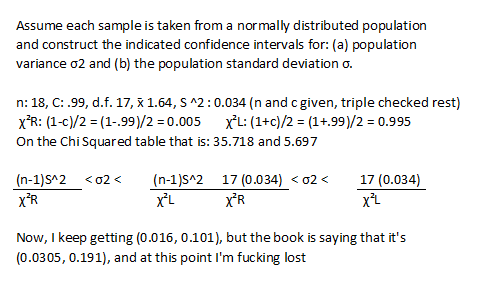- 24 Mar 2012 03:59
#13923794
Killim then, thank you for the info.
Edit: Well, I could also create a thread in this very subforum.
Edit: Well, I could also create a thread in this very subforum.


















 - By skinster
- By skinster - By Tainari88
- By Tainari88